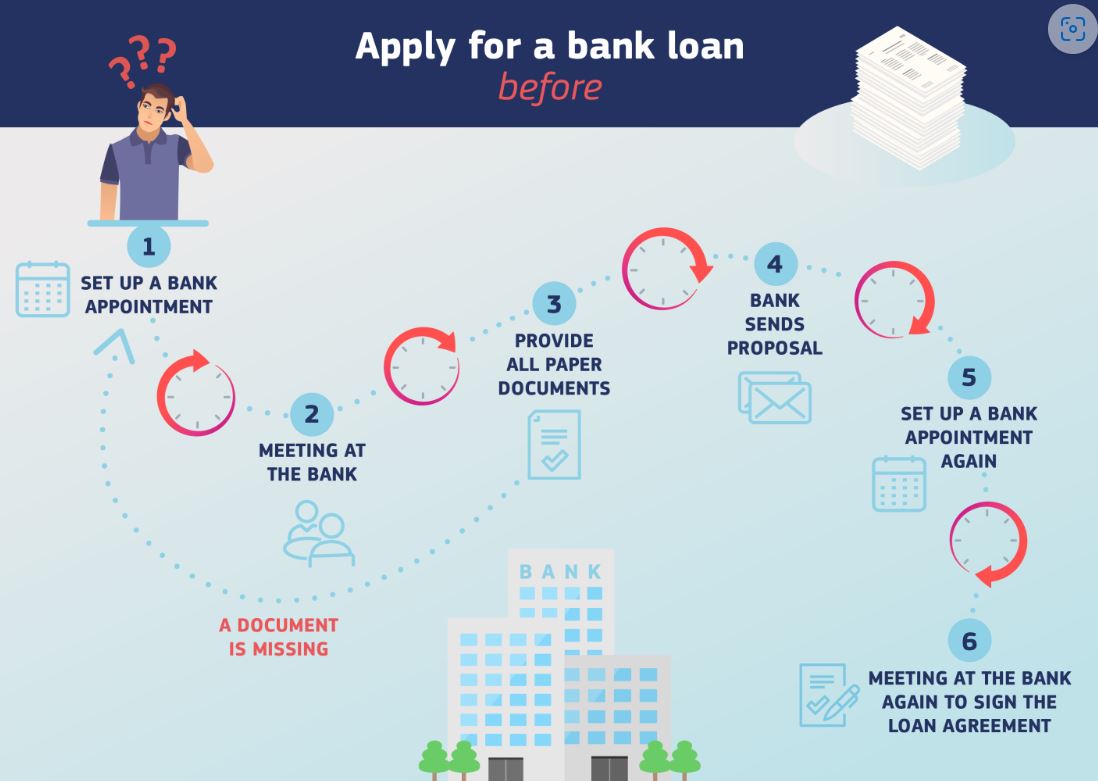Efficient Data Transfer: Strategies For Optimizing Your Transfer Process

Table of Contents
Choosing the Right Transfer Method for Efficient Data Transfer
Selecting the appropriate transfer method is the cornerstone of efficient data transfer. The optimal choice depends on factors like data size, security requirements, and budget constraints.
Understanding Different Transfer Protocols
Several protocols facilitate data transfer, each with its strengths and weaknesses:
- FTP (File Transfer Protocol): Known for its speed, FTP is widely used but lacks inherent security. It’s suitable for transferring large files within a trusted network.
- SFTP (SSH File Transfer Protocol): A secure variant of FTP, SFTP encrypts data in transit, offering enhanced security but potentially slower speeds than FTP. Ideal for sensitive data transfer.
- SCP (Secure Copy Protocol): Another secure option, SCP is simpler than SFTP, offering robust security for file copying.
- HTTP/HTTPS: While primarily for web-based interactions, HTTP/HTTPS can be used for data transfer, with HTTPS providing encryption for secure transmission. Suitable for smaller files and web-based applications.
Comparison:
| Protocol | Speed | Security | Cost | Ease of Use |
|---|---|---|---|---|
| FTP | Fast | Low | Low | Easy |
| SFTP | Moderate | High | Moderate | Moderate |
| SCP | Moderate | High | Moderate | Moderate |
| HTTPS | Moderate | High | Moderate | Easy |
Leveraging Cloud-Based Transfer Services
Cloud services offer scalable and efficient data transfer solutions. Providers like AWS, Azure, and Google Cloud offer specialized transfer services:
- AWS S3 Transfer Acceleration: Optimizes transfers to AWS S3, significantly reducing latency for geographically dispersed data.
- Azure Data Box: A physical device for transferring massive datasets to Azure, ideal for offline or large-scale transfers.
- Google Cloud Storage Transfer Service: Enables efficient data transfer from various sources to Google Cloud Storage.
Benefits of Cloud-Based Transfer:
- Scalability: Easily handle increasing data volumes.
- Redundancy: Data is replicated for high availability and disaster recovery.
- Cost-effectiveness: Pay-as-you-go pricing models often result in lower costs compared to maintaining on-premise infrastructure.
Optimizing Your Network for Efficient Data Transfer
Network infrastructure plays a critical role in achieving efficient data transfer.
Network Infrastructure Considerations
Network bandwidth, latency, and reliability directly impact transfer speeds. Insufficient bandwidth leads to slow transfers, while high latency introduces delays.
- Faster Internet Connections: Upgrading to higher bandwidth connections (e.g., fiber optics) drastically improves transfer speeds.
- Improved Routers and Switches: Modern network hardware ensures optimal data routing and minimizes bottlenecks.
- Network Monitoring: Regularly monitoring network performance helps identify and address potential issues proactively.
Implementing Network Segmentation and Prioritization
Network segmentation divides the network into smaller, isolated segments, improving security and performance. Quality of Service (QoS) prioritizes critical data transfer traffic.
- Network Segmentation: Isolates sensitive data transfers from other network activities.
- QoS: Assigns higher priority to data transfer packets, ensuring they experience minimal delays even during periods of high network congestion.
Implementing Data Compression and Deduplication for Efficient Data Transfer
Reducing the size of data before transfer significantly improves efficiency.
Data Compression Techniques
Compression algorithms reduce file size, accelerating transfer times. Common algorithms include:
- gzip: A widely used lossless compression algorithm, suitable for text and code files.
- zip: Another popular lossless compression algorithm, supporting various compression levels.
- 7z: A powerful lossless compression algorithm offering high compression ratios.
Trade-offs: Higher compression ratios generally require more processing time.
Data Deduplication Strategies
Deduplication eliminates redundant data, minimizing storage space and improving transfer speeds.
- Deduplication Tools: Software solutions identify and remove duplicate data chunks before transfer.
- Benefits: Reduced storage costs, faster transfers, and improved backup efficiency.
Ensuring Data Security During Efficient Data Transfer
Security is paramount during data transfer.
Encryption and Secure Protocols
Encryption safeguards data in transit. Employing secure protocols is crucial:
- TLS/SSL: Secures communication over HTTP, ensuring data confidentiality and integrity.
- SSH: Provides secure remote access and file transfer, encrypting all data.
Access Control and Authentication
Restricting access and implementing strong authentication prevents unauthorized access.
- Strong Passwords: Enforce strong password policies to prevent unauthorized logins.
- Multi-Factor Authentication (MFA): Adds an extra layer of security, requiring multiple forms of authentication.
- Role-Based Access Control (RBAC): Grants users access based on their roles and responsibilities.
Conclusion
Achieving efficient data transfer requires a multifaceted approach. By choosing the right transfer method, optimizing your network infrastructure, implementing data compression and deduplication, and prioritizing data security, you can significantly improve your data management processes, reduce costs, and enhance security. Implementing these strategies for optimized data transfer, leading to faster data transfer and secure data transfer, will transform your data handling. Start optimizing your data transfer today!

Featured Posts
-
 Understanding The European Digital Identity Wallet A Comprehensive Overview
May 08, 2025
Understanding The European Digital Identity Wallet A Comprehensive Overview
May 08, 2025 -
 Saglik Bakanligi Personel Alimi 37 000 Hekim Disi Pozisyon Icin Basvuru Rehberi
May 08, 2025
Saglik Bakanligi Personel Alimi 37 000 Hekim Disi Pozisyon Icin Basvuru Rehberi
May 08, 2025 -
 A Good Boy Kryptos Appearance In Latest Superman Film Clip
May 08, 2025
A Good Boy Kryptos Appearance In Latest Superman Film Clip
May 08, 2025 -
 Enhanced Gaming Analyzing Sonys Ps 5 Pro Upgrade
May 08, 2025
Enhanced Gaming Analyzing Sonys Ps 5 Pro Upgrade
May 08, 2025 -
 Inter Milan Progresses To Europa League Quarter Finals After Feyenoord Win
May 08, 2025
Inter Milan Progresses To Europa League Quarter Finals After Feyenoord Win
May 08, 2025
Latest Posts
-
 56 Million Boost For Community Colleges To Combat Nursing Shortage
May 09, 2025
56 Million Boost For Community Colleges To Combat Nursing Shortage
May 09, 2025 -
 Anchorage Witnesses Second Anti Trump Protest In Two Weeks
May 09, 2025
Anchorage Witnesses Second Anti Trump Protest In Two Weeks
May 09, 2025 -
 Four New Openings In Anchorage Candle Studio Alaska Airlines Lounge Korean Bbq Diner And Eye Tooth Restaurant
May 09, 2025
Four New Openings In Anchorage Candle Studio Alaska Airlines Lounge Korean Bbq Diner And Eye Tooth Restaurant
May 09, 2025 -
 New Anchorage Establishments Candle Studio Alaska Airlines Lounge Korean Bbq And Eye Tooth Restaurant
May 09, 2025
New Anchorage Establishments Candle Studio Alaska Airlines Lounge Korean Bbq And Eye Tooth Restaurant
May 09, 2025 -
 Anchorage Welcomes Candle Studio Alaska Airlines Lounge Korean Bbq And Eye Tooth Restaurant
May 09, 2025
Anchorage Welcomes Candle Studio Alaska Airlines Lounge Korean Bbq And Eye Tooth Restaurant
May 09, 2025
